BUS5POE: Macroeconomic Policy Application and Trend Exploration
VerifiedAdded on 2023/06/11
|7
|1414
|332
Homework Assignment
AI Summary
This BUS5POE assignment delves into the exploration of long-term macroeconomic trends and real-world policy applications. It begins by defining and differentiating key economic terms such as human capital, physical capital, and labor, highlighting their roles in economic production. The assignment then addresses the issue of climate change and its impact on agriculture and animal life, followed by an analysis of free-market pricing mechanisms and their potential to prevent resource depletion, using wood as an example. The concept of diminishing returns to capital is discussed, with examples from India and the USA illustrating its effect on economic growth. Further, the assignment examines infant mortality rates in Singapore, Sweden, Venezuela, and Brazil, analyzing trends and potential future implications. It also explores the relationship between electricity production and CO2 emissions. The United Nations' goals, including poverty eradication, education, child mortality reduction, and environmental sustainability, are evaluated, along with suggestions for additional goals such as gender neutrality and universal internet access. Finally, the assignment connects economic theories to policy by discussing factors influencing economic growth, the limitations of GDP as a measure of economic well-being, and the importance of environmental sustainability. The assignment concludes with critical thinking and reflection on the role of central leadership in macroeconomic performance, questions about increasing GDP growth rates in developed economies, and a reflection on the impact of capital and GDP growth.
1 out of 7
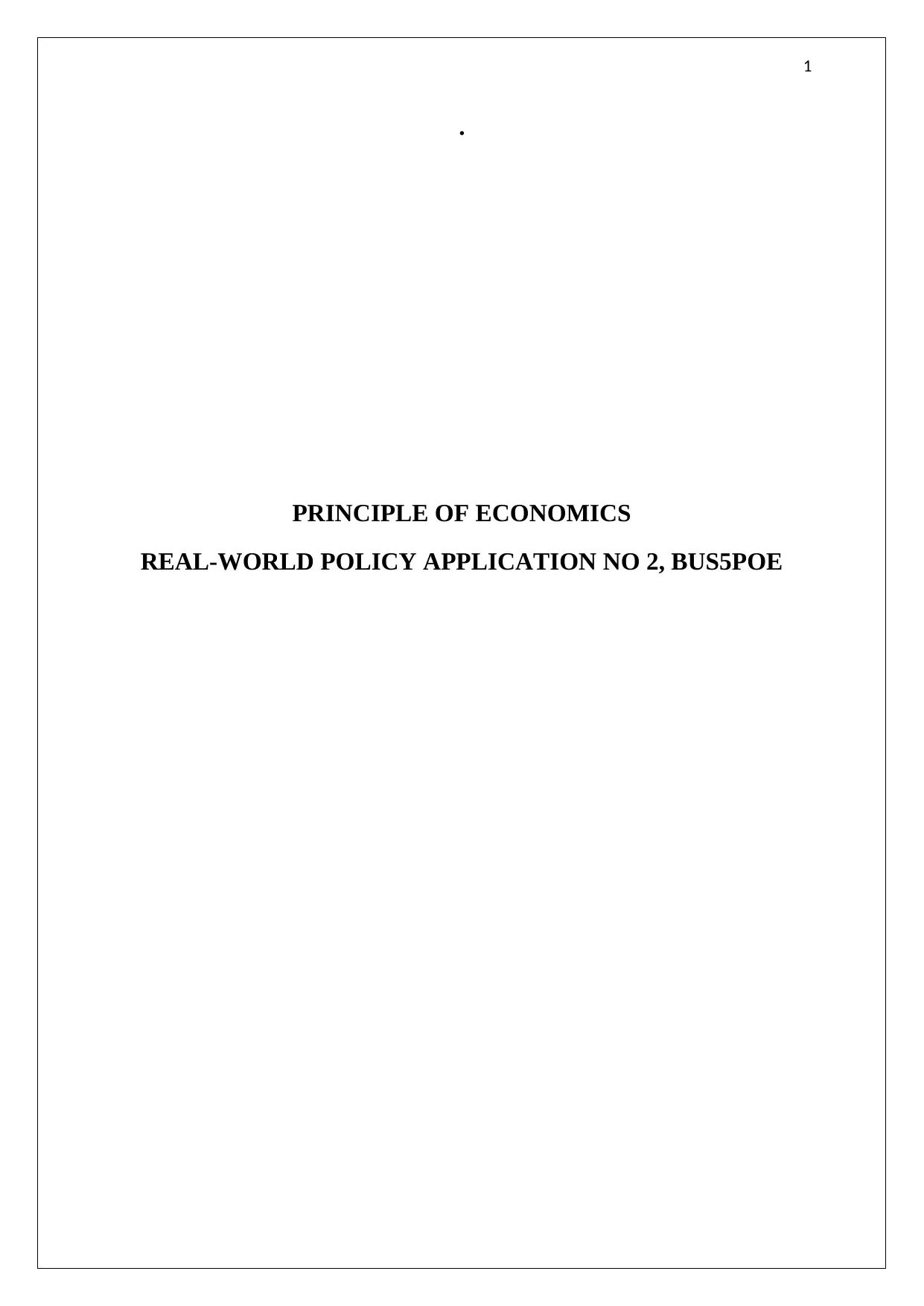
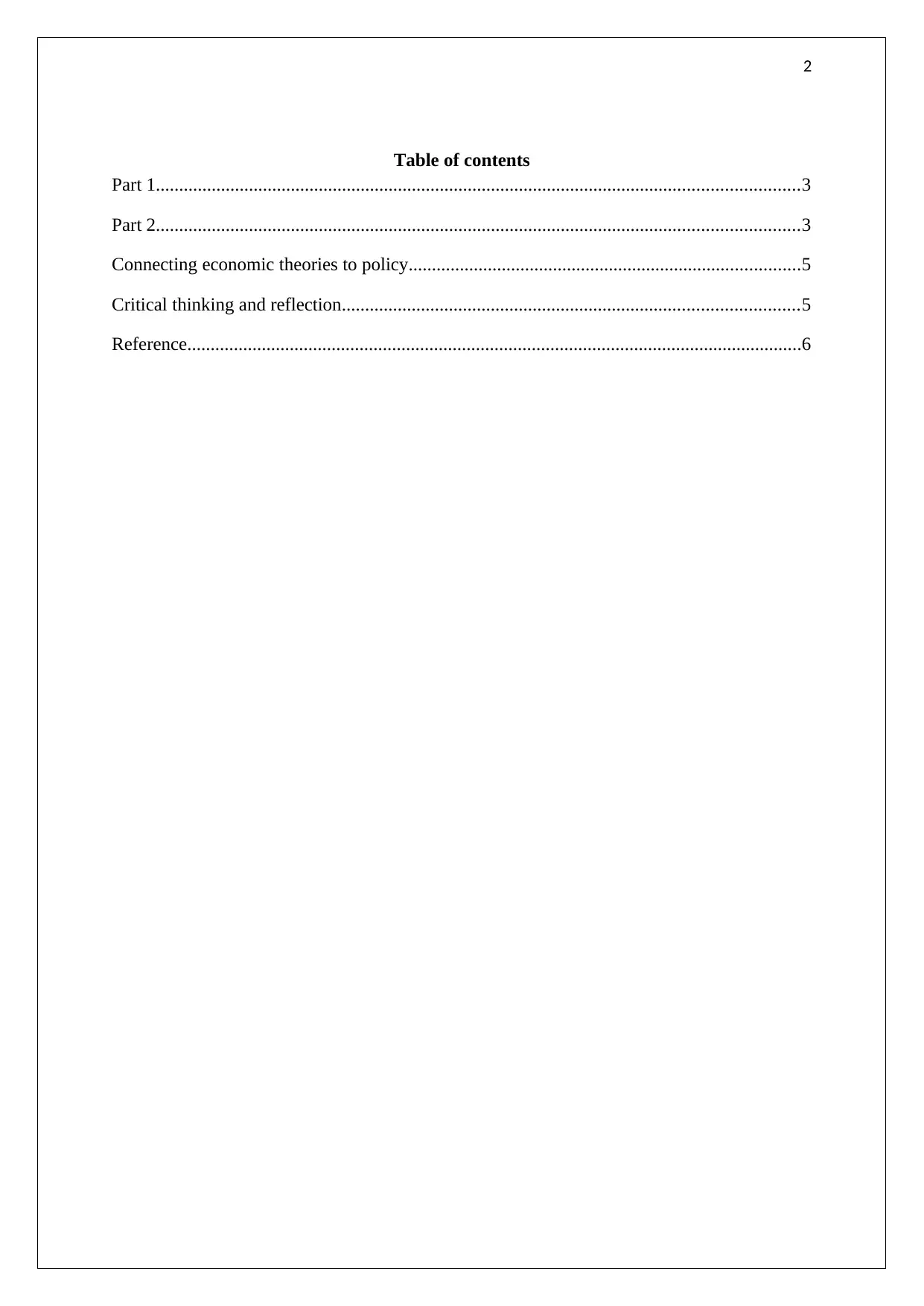
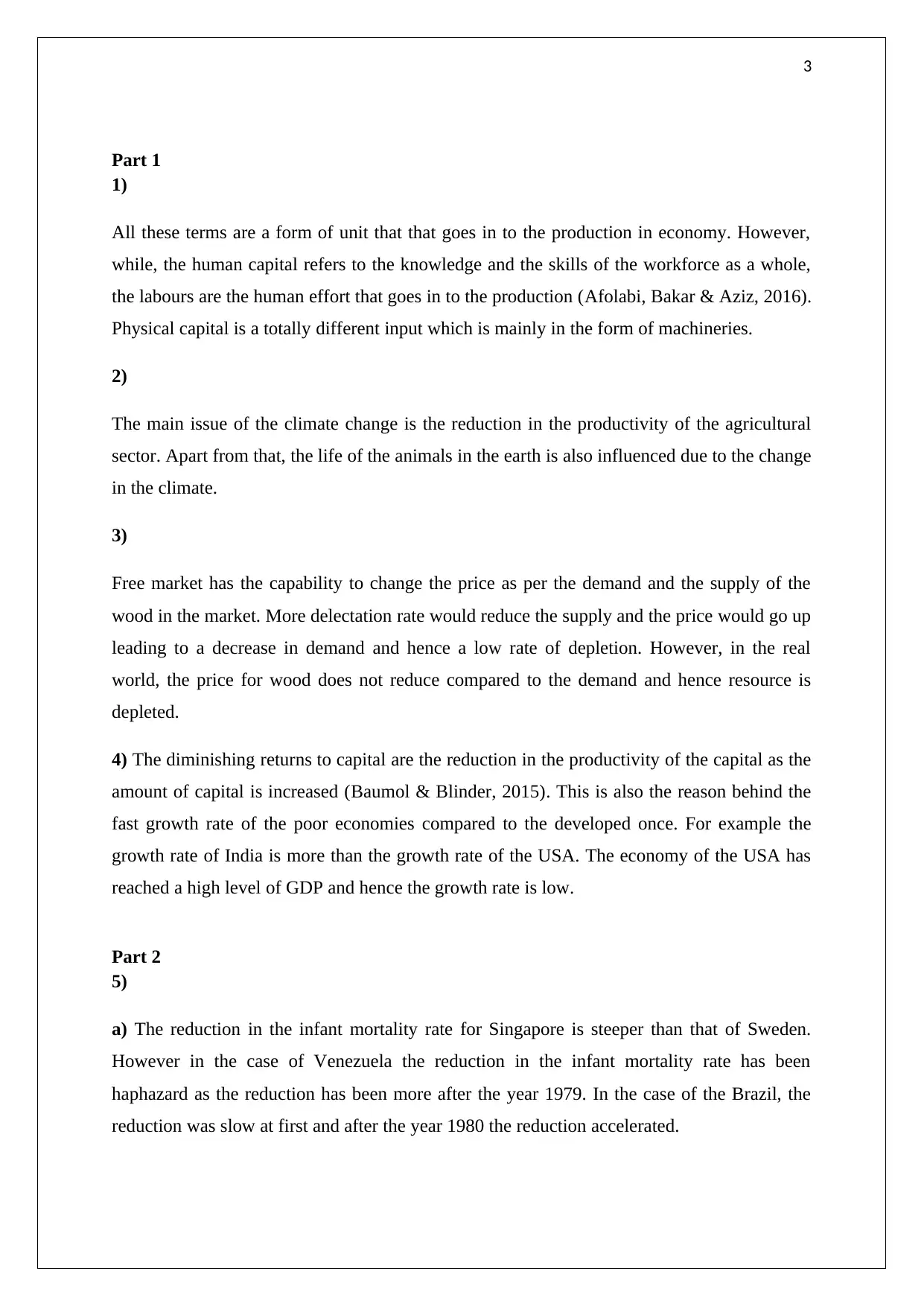

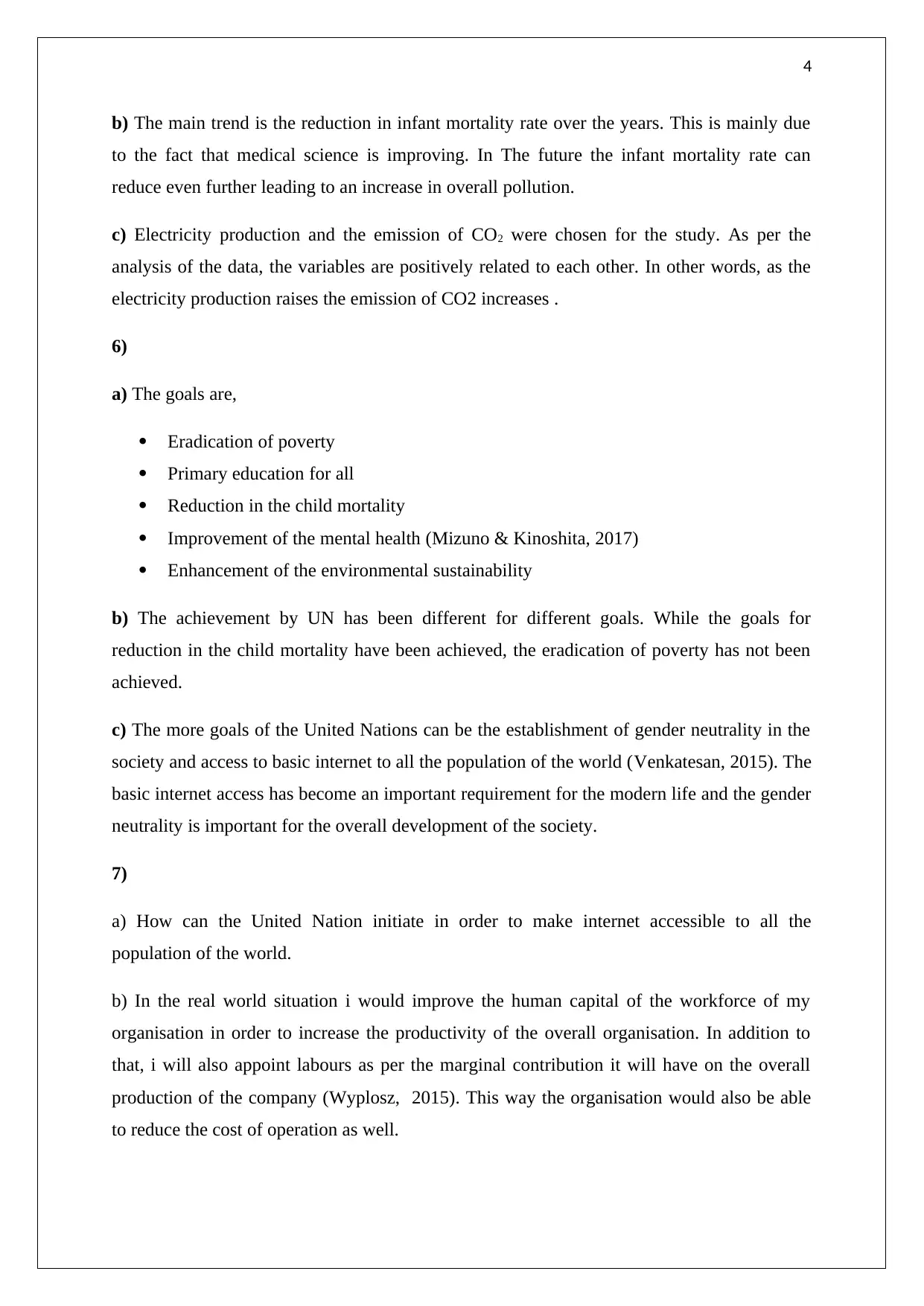
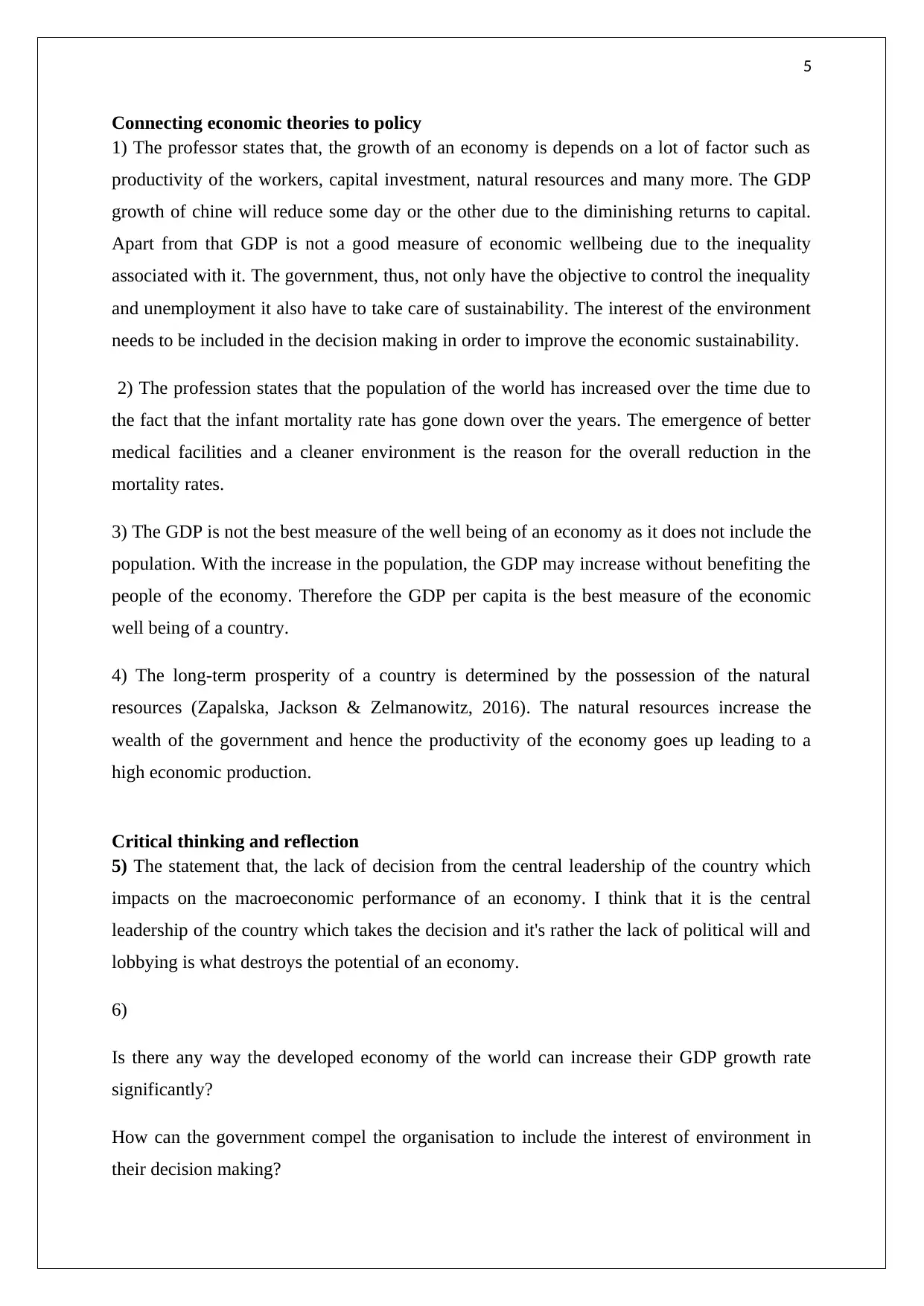
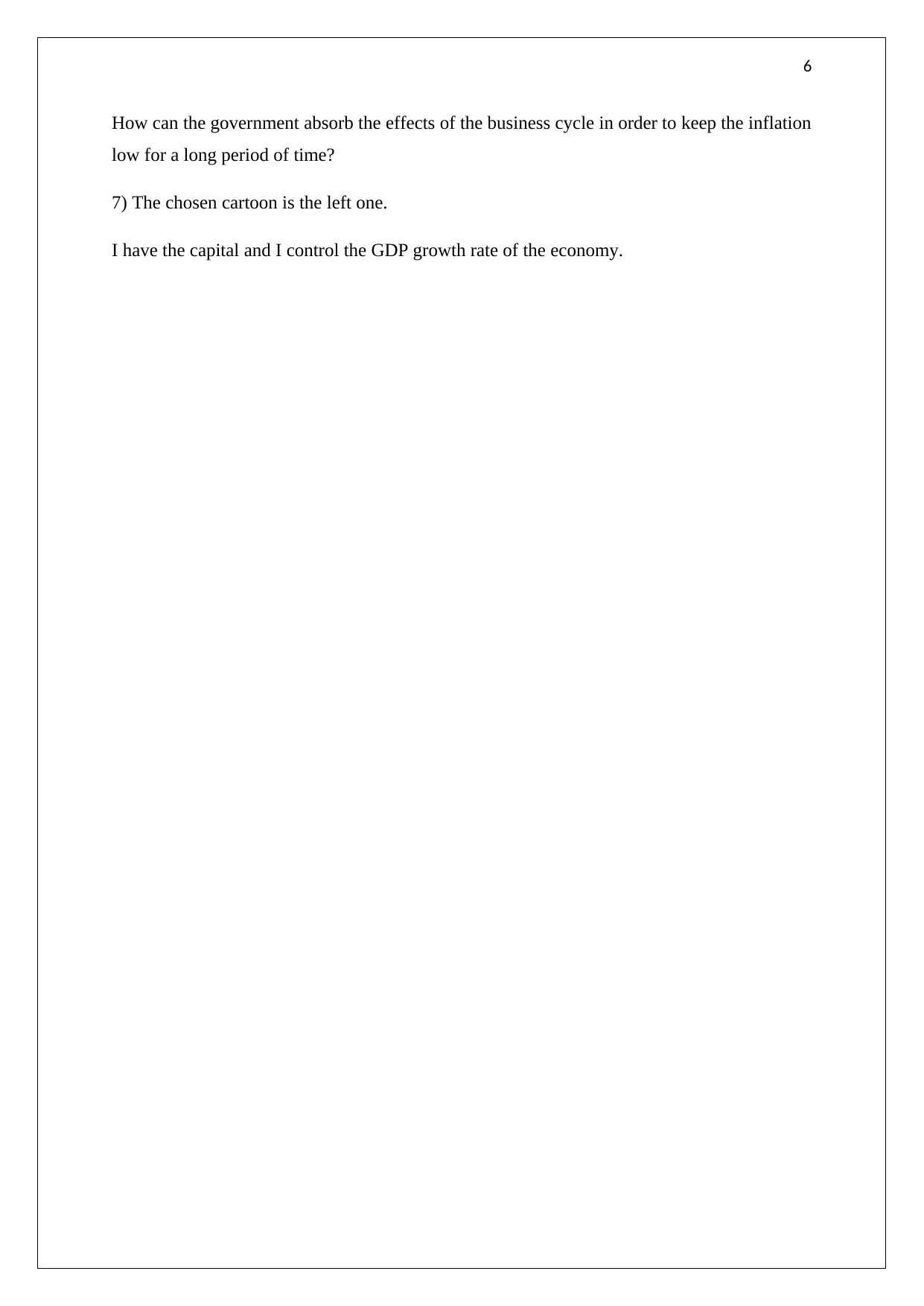
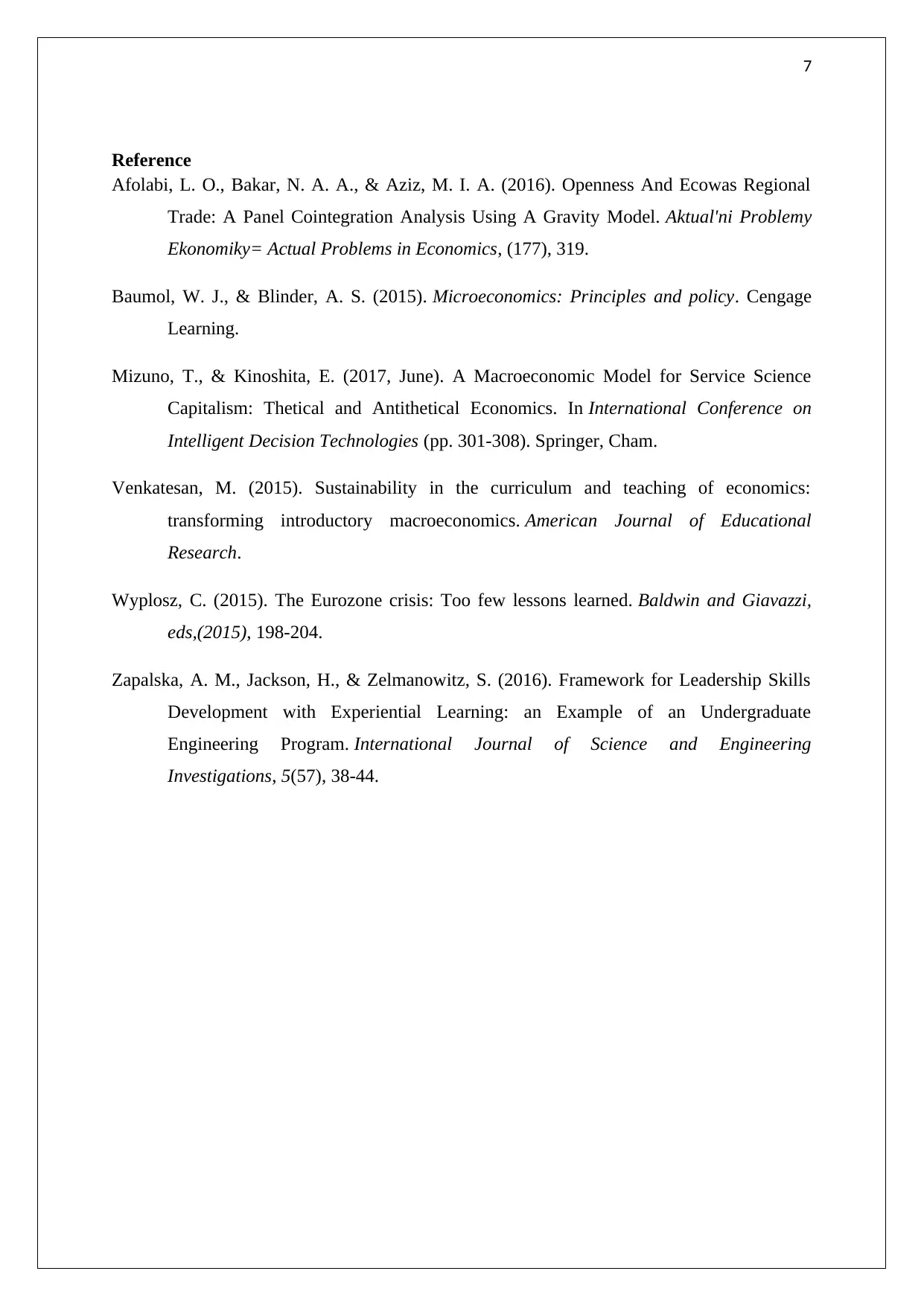






![[object Object]](/_next/static/media/star-bottom.7253800d.svg)